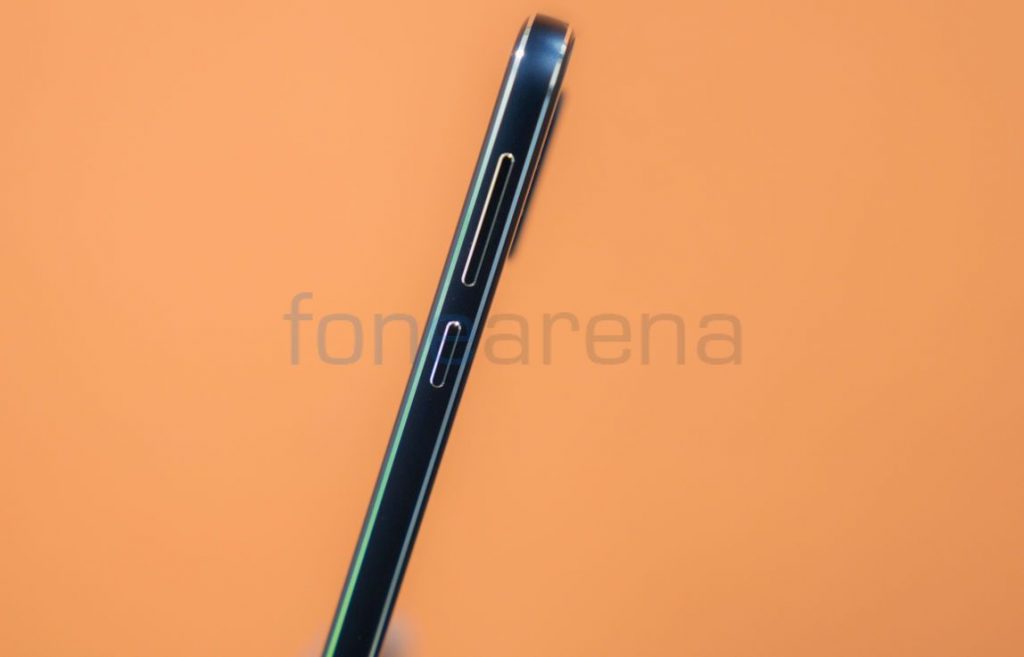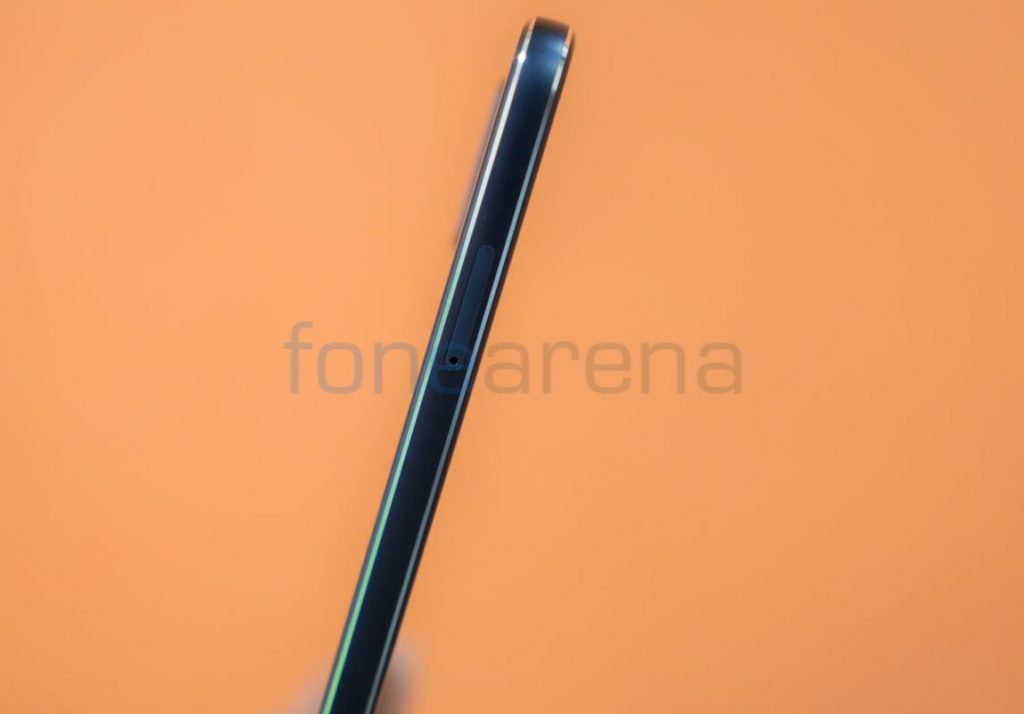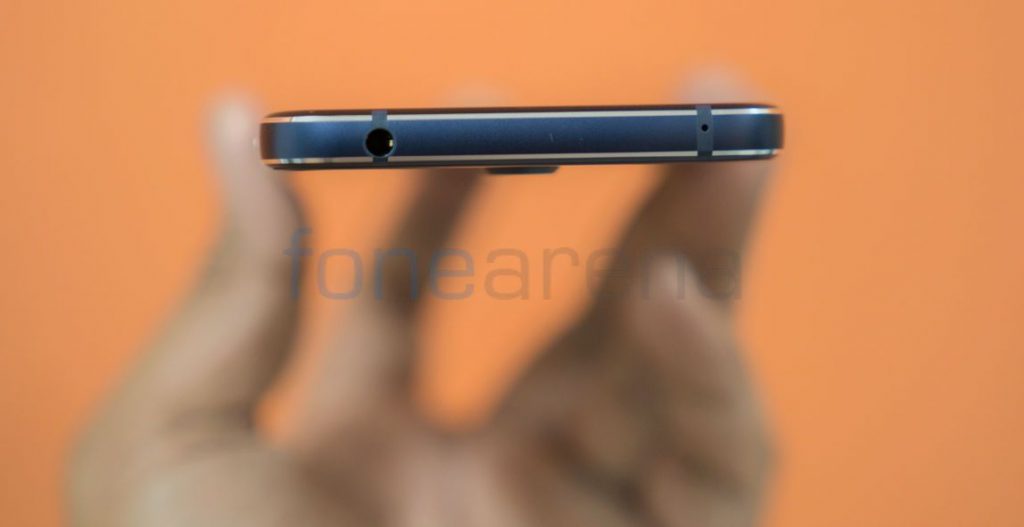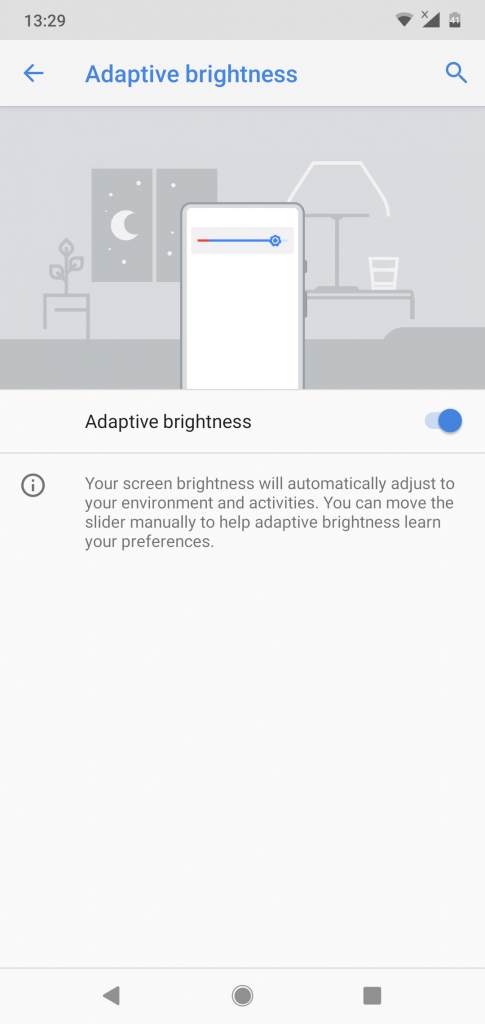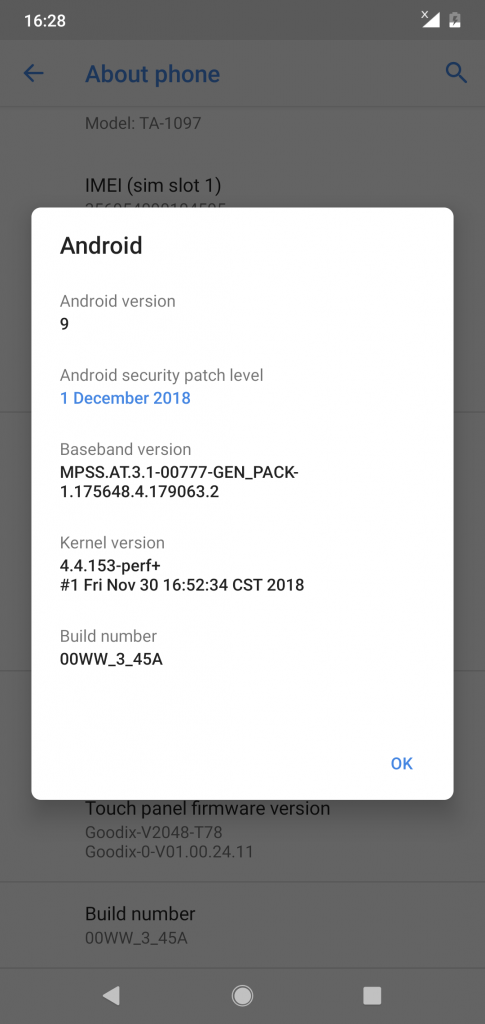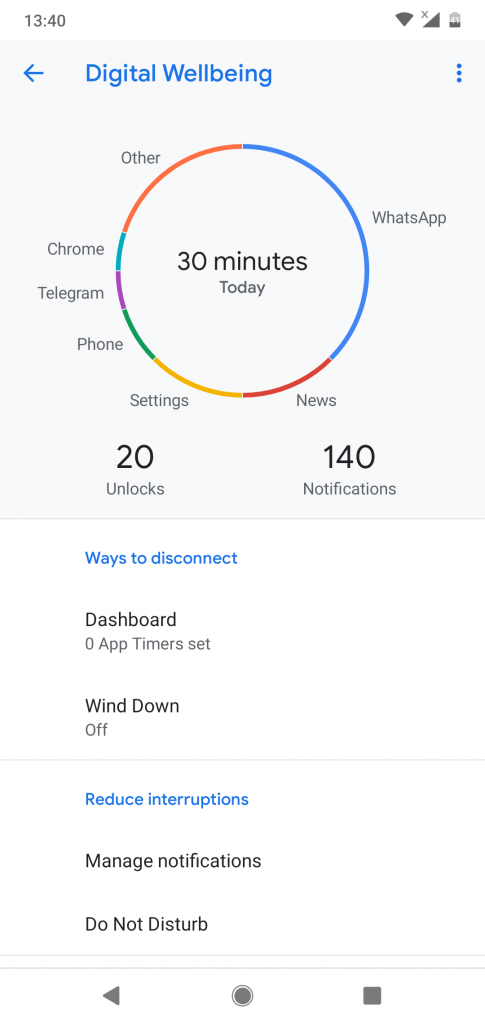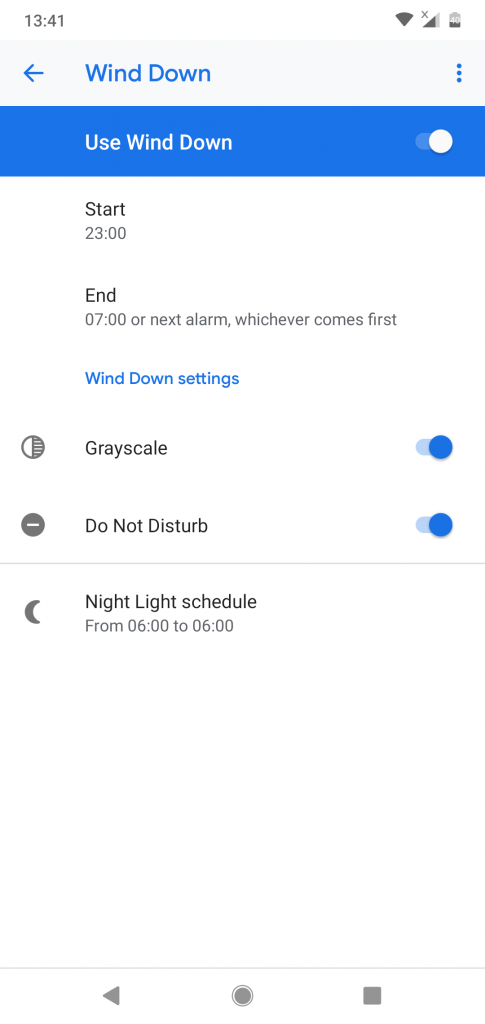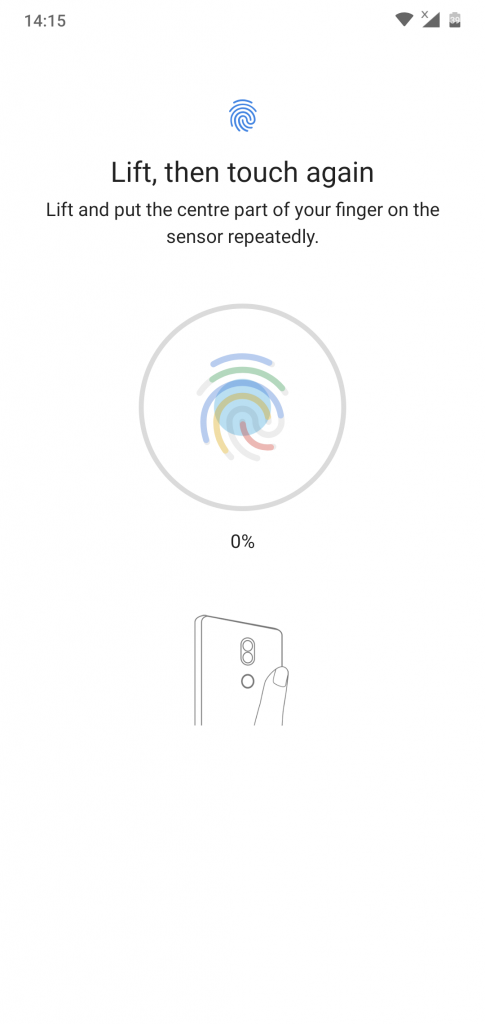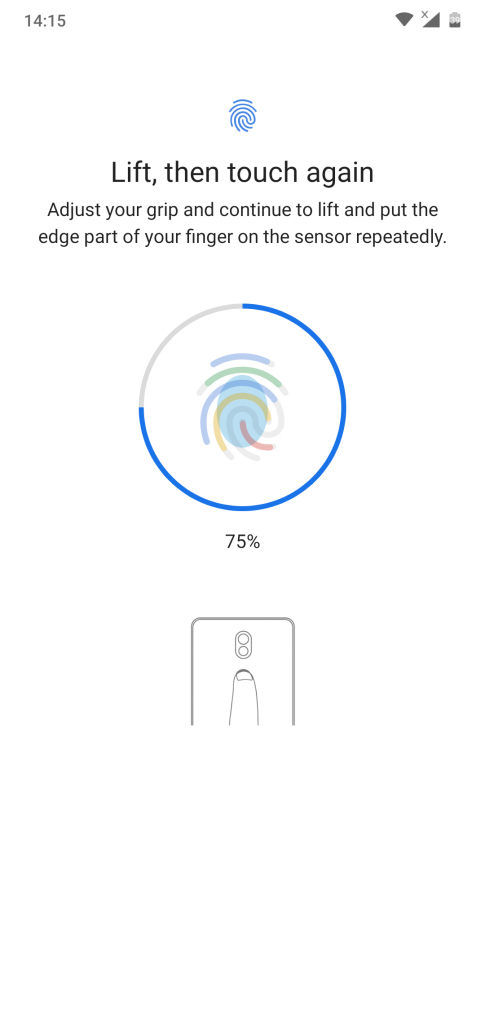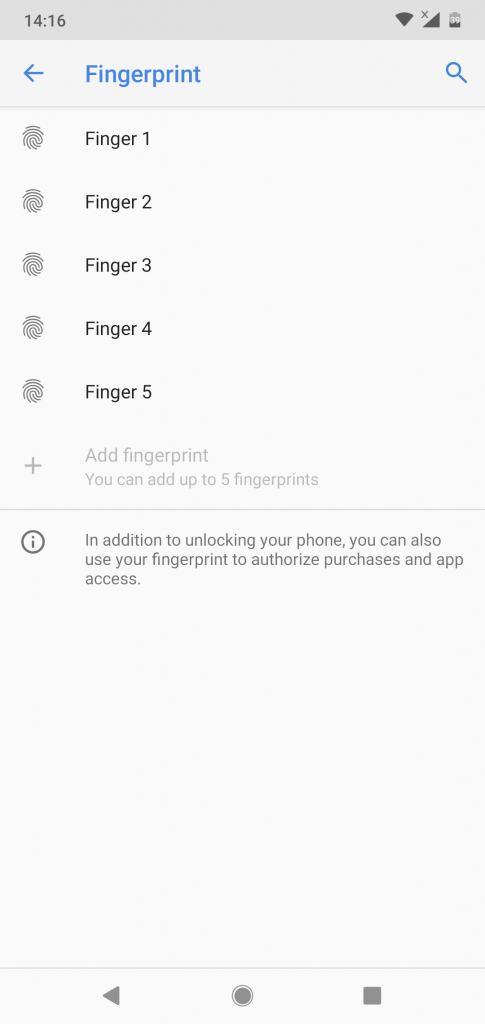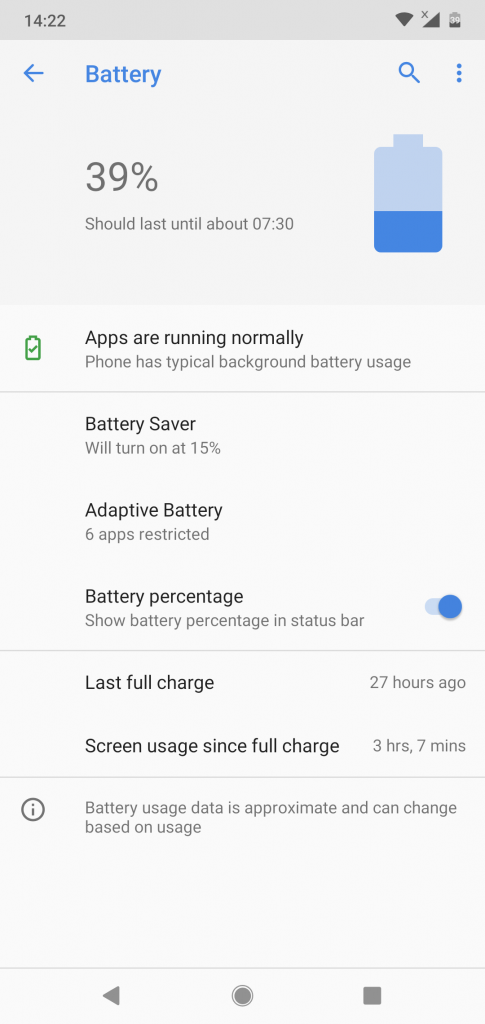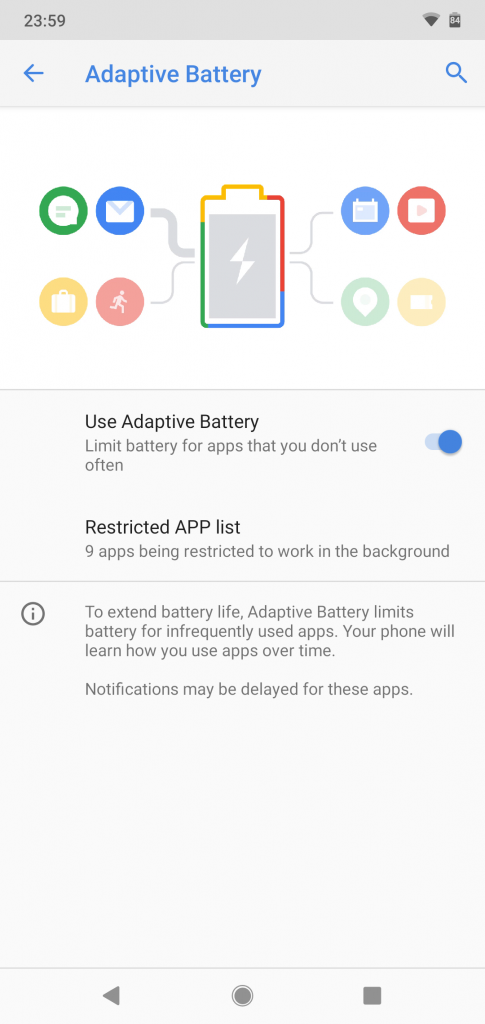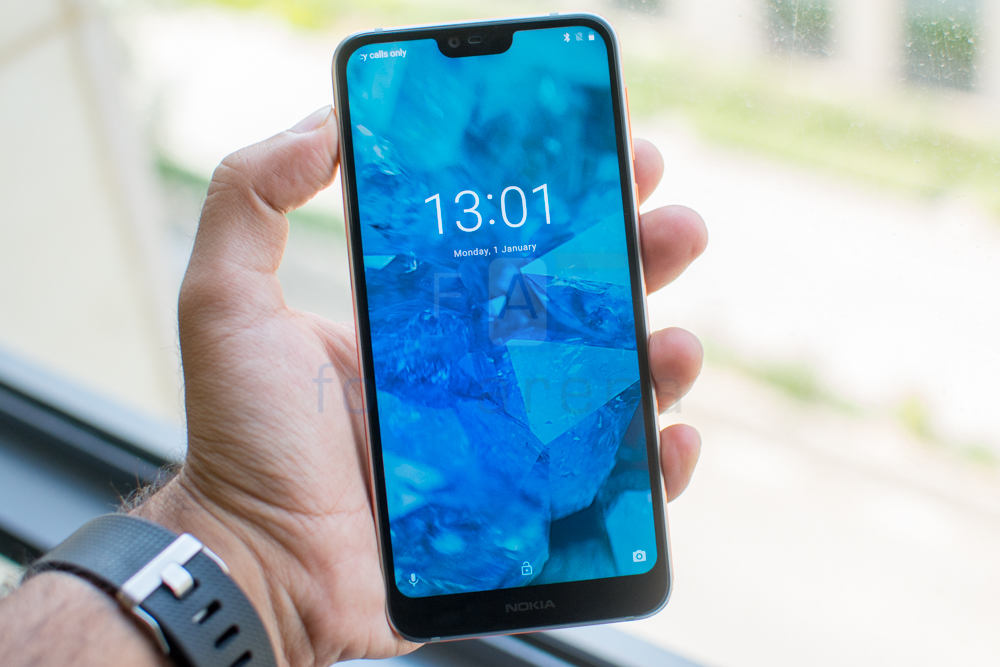
At present, the smartphone market is all about launching a device either with a high-end chipset, huge battery or dual, triple cameras. Most of the OEM’s are engaging in this rat race, which denotes the fact that they are running up toward the practical limits of what’s possible in the hardware.
With that being said, the recently resurrected Nokia in the form of HMD Global is taking its own sweet time to establish themselves for the second time. Disengaged from this rat race, the HMD global is on a mission to lay a strong foundation for its brand through various smartphones. While those smartphones may come unequipped with the latest high-end chipset or a triple or quad-camera setup, it certainly comes with a guarantee of lasting longer.
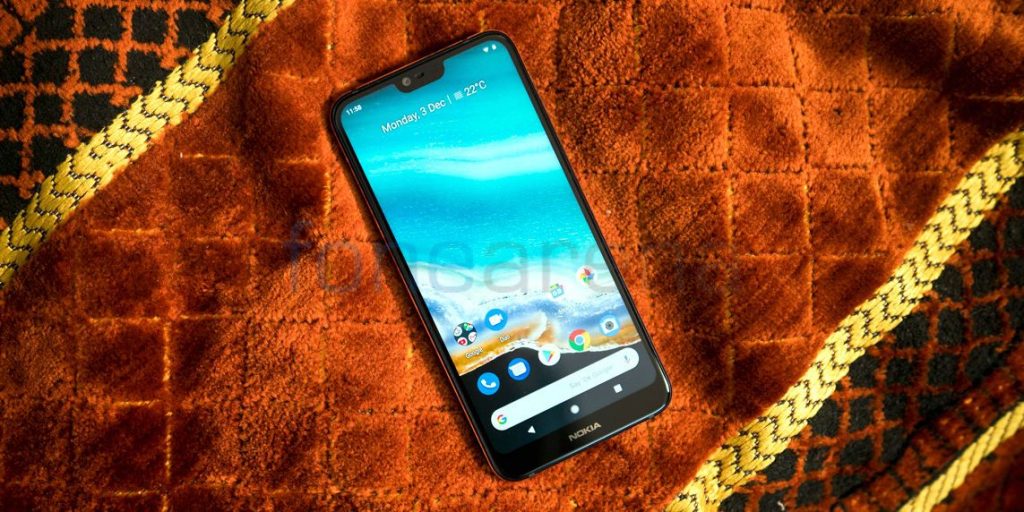
One such outing from HMD Global recently was the Nokia 7.1, the company’s latest mid-range Android One smartphone in India. Coming in Gloss Midnight Blue and Gloss Steel colours, the Nokia 7.1 carries a price tag of Rs. 19,999.
Well, with this specification, does Nokia 7.1 looks like an overpriced device? Is it worth the money? Do check it out.
Unboxing
We unboxed it recently, check out the video below.
Box Contents

- Nokia 7.1 smartphone in Midnight Blue color
- 2-pin 18W charger (5V-3A/9V-2A/12V-1.5A)
- USB Type-C cable
- Headset
- Quick start guide
- SIM Ejector tool
Design and build quality
Many factors combine to make Nokia 7.1 a true mid-range phone, but there is one thing that goes beyond what you would expect from a mid-ranger – ‘Build Quality’.
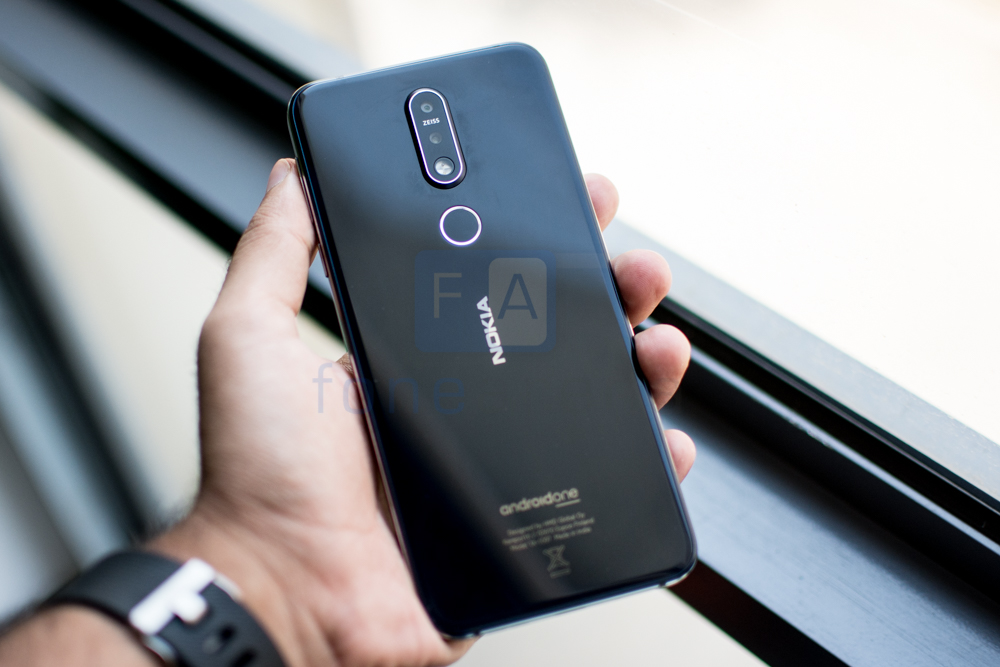
The Nokia 7.1 with a glass-sandwich build and an aluminium frame around the sides oozes nothing but superior grade quality. Unlike other flashy smartphones with gradients and patterns, HMD opted for a classy yet minimal design with a premium punch. On the whole, Nokia 7.1 punches above its weight as a mid-range device in terms of build.
On the other side, the Nokia 7.1 is slippery for some reason and attracts fingerprints easily. Bundling a transparent case could have rectified this problem. With that being said, one has to be mindful and watchful while placing it on the sloped surface for the obvious reasons.
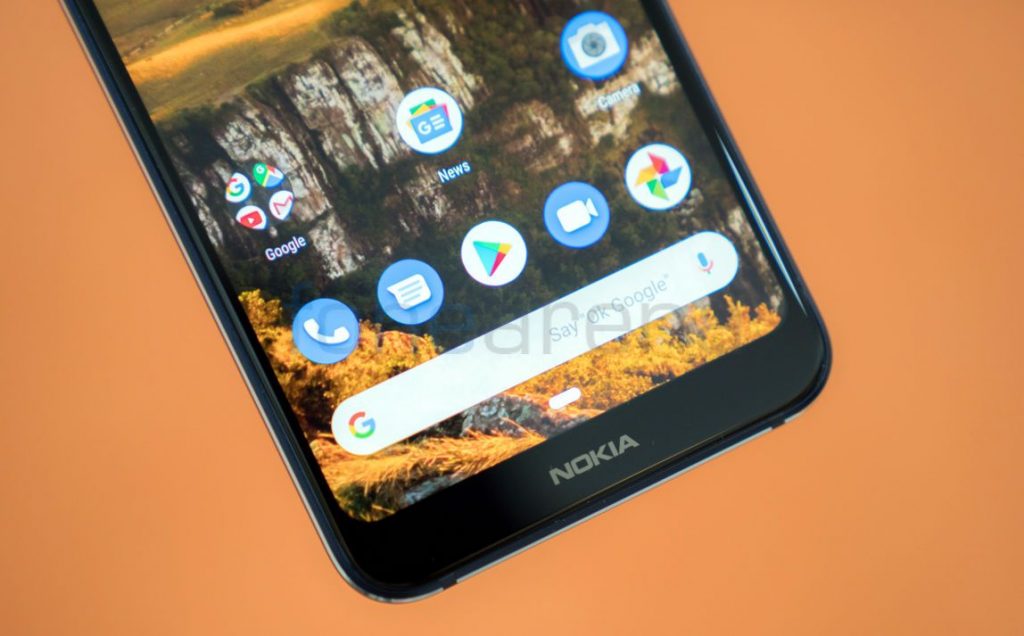
Amidst the prevailing theory, the bigger the better, Nokia 7.1 has that kind of look and feel of a device that fits snugly in one hand. With 7.99mm thickness and 160 grams in weight, this mid-range outing would have been an amazing looking device if not for its large chin at the bottom.
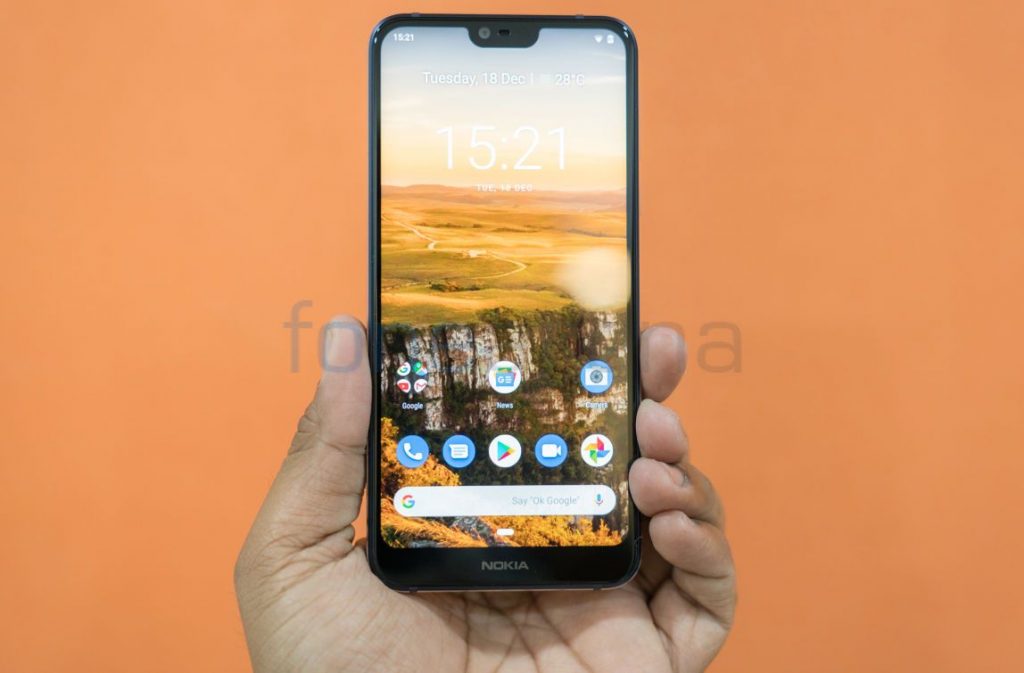
Moving onward, Nokia 7.1 has a minor notch up top accommodating earpiece and 8MP front-facing camera. The front side of the device is primarily occupied by 5.84-inch (2244 x 1080 pixels) Full HD+ HDR 10 display with a 19:9 aspect ratio. It’s worth mentioning, it has a Corning Gorilla Glass 3 protection too.
The volume rocker and power buttons are housed on the right aluminium frame, while the left side consists of just Hybrid dual SIM slots (nano + nano/microSD).
At the bottom, there is a primary microphone, USB Type-C port and speaker grille. The top consists of a secondary microphone and 3.5mm audio jack.
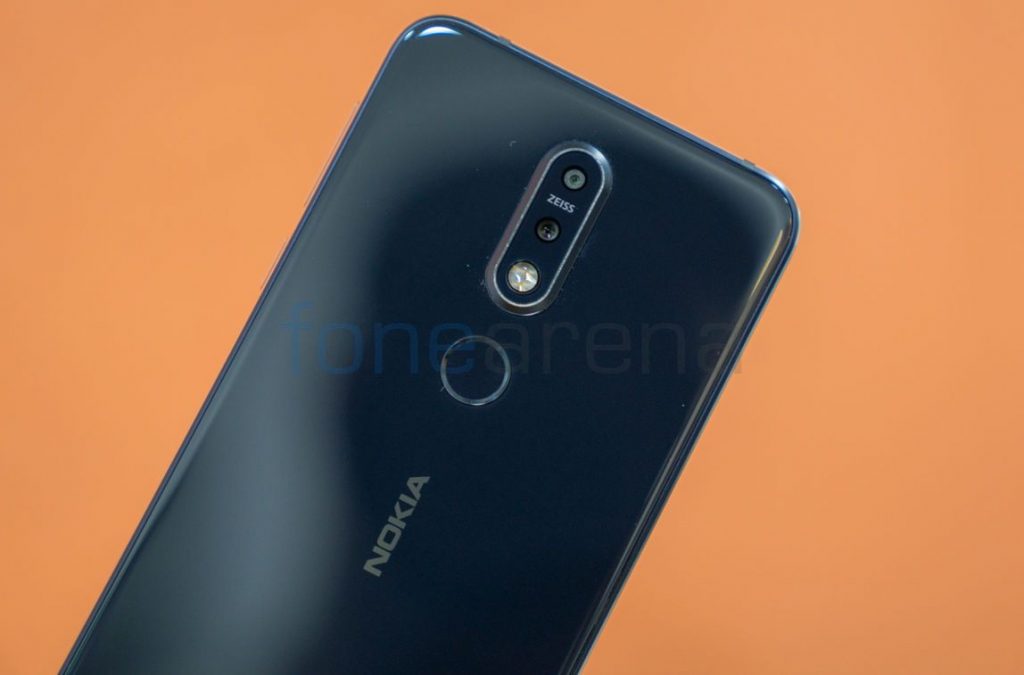
The protruding dual camera setup resides on the back top just above the fingerprint scanner. It’s worth mentioning, the protrusion doesn’t seem to bother when placed on the uniform surface.
Display
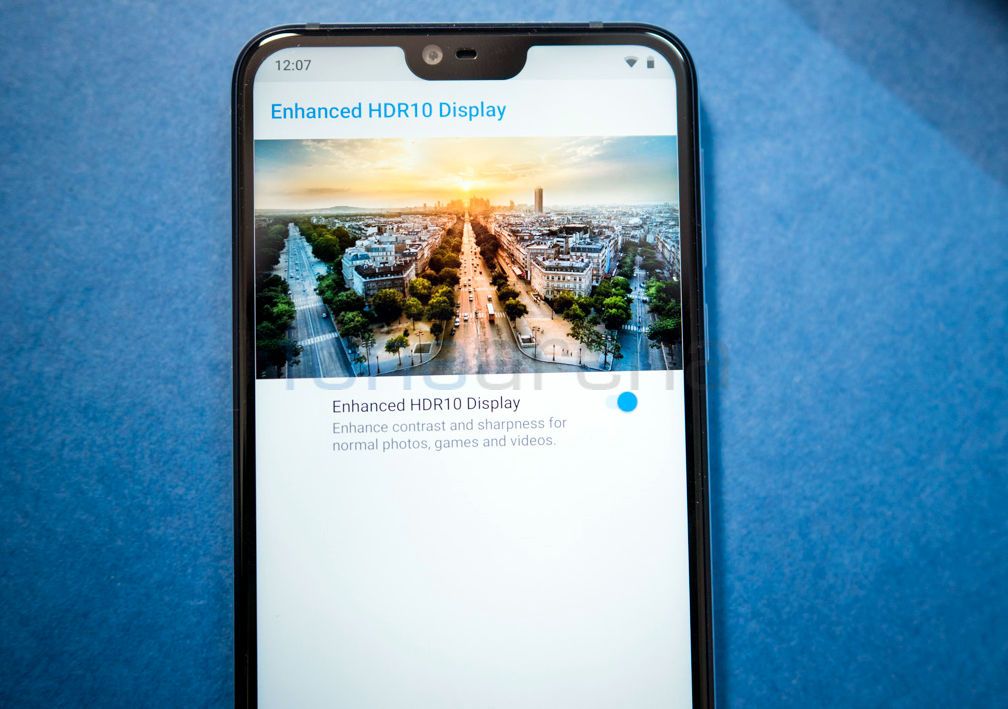
The Nokia 7.1 sports a 5.84-inch Full HD+ 19:9 screen with a notch, 80% screen-to-body ratio, has support for HDR10 and also supports SD to HDR real-time conversion that enhances contrast and sharpness of photos, videos and games.
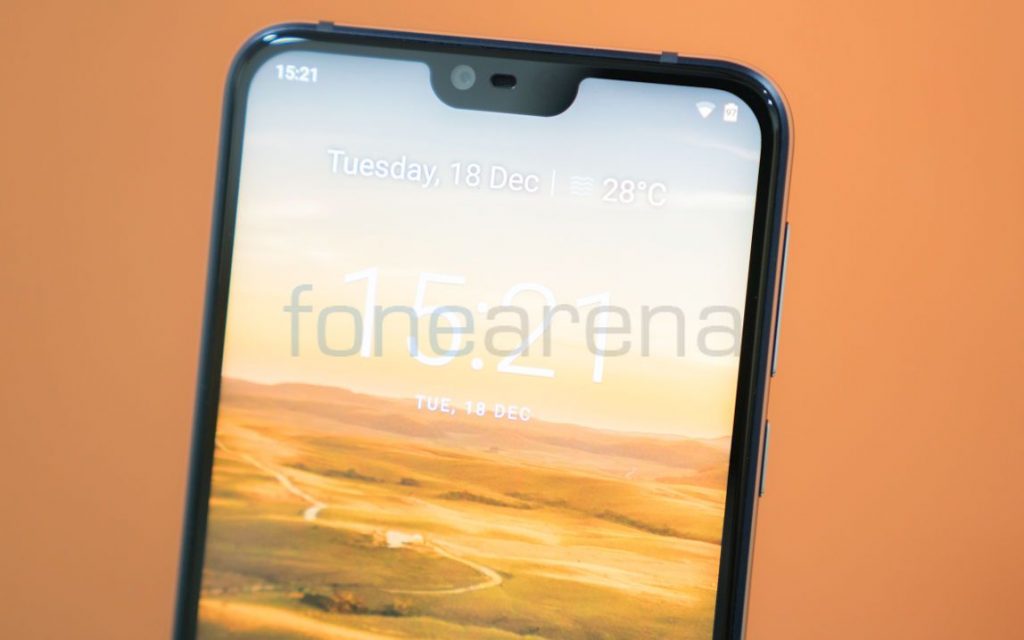
With HDR10 support; 1 million: 1 dynamic contrast ratio; 500-million pixels processed per second providing smooth and accurate HDR video. The display also adapts to indoor and bright outdoor sunlight, and it is called PureDisplay technology.
The LCD screen is bright enough and the text looks sharp, the colours are vibrant as well. However, under sunlight, the readability becomes difficult. Having said that, it is usable but with a bit of strain. Moreover, there is an option to turn off “Enhanced HDR10 Display”. Additionally, an adaptive brightness option will automatically adjust to your environment and activities.
Camera
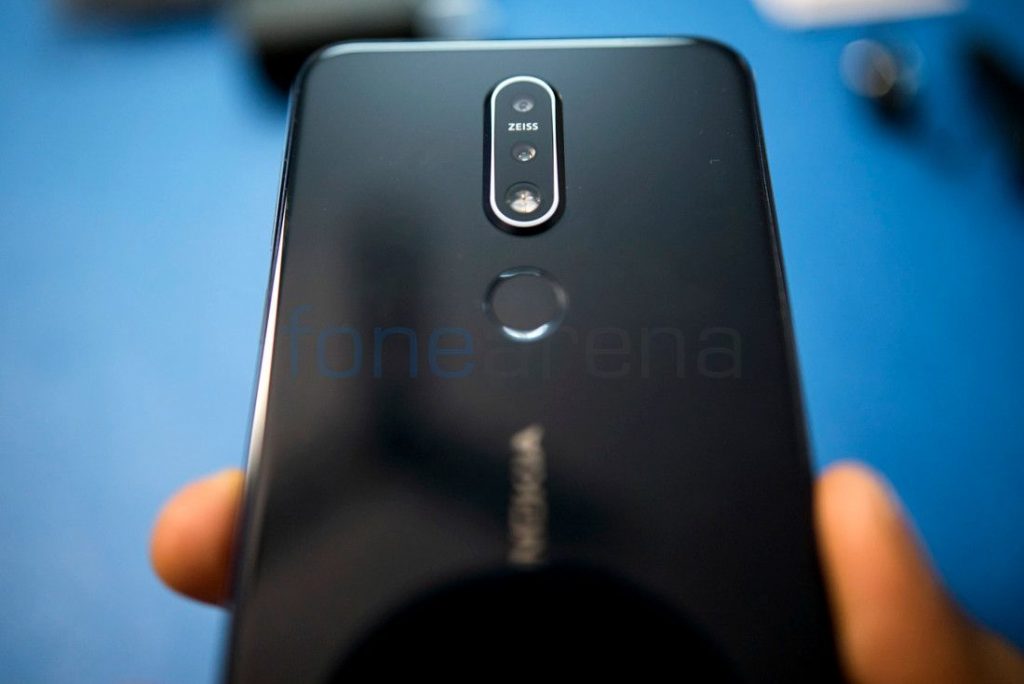
The Nokia 7.1 comes equipped with 12MP (RGB) rear camera with dual LED flash, f/1.8 aperture, ZEISS optics and 5MP (Monochrome) secondary rear camera with f/2.4 aperture.
Talking about the real-world usage, the pictures under broad daylight conditions come out well with accurate details, perfect contrast and sharper as well. The colours are lively, and the dynamic range is good. The Auto HDR (can be turned off) works well in the daylight scenes and boosts the dynamic range. The way it handles the close-up shot is impressive.
When it comes low light shots, the image quality is mediocre or otherwise, soft and blurry. At times, in an attempt to sharpen the image, it smudges the details. On top, it has Pro mode, which lets you control various aspects of the device including White Balance, Focus, ISO, Shutter Speed, and Exposure compensation. Talking about the portrait, the photos turned out to be pleasant with accurately processed subject separation. Apart from using the lens, HMD also worked with ZEISS on image processing algorithms as well.
The front side is taken care of 8MP front-facing camera with f/2.0 aperture, 84-degree FOV. Notably, it doesn’t have any auto-focus too. The front camera captures a detailed selfie and offers true skin tones. The soft LED flash comes to the rescue under low light condition. It’s worth mentioning the light doesn’t overpower the subject under these circumstances.
Check out the camera samples (Click the image to view full-resolution samples)
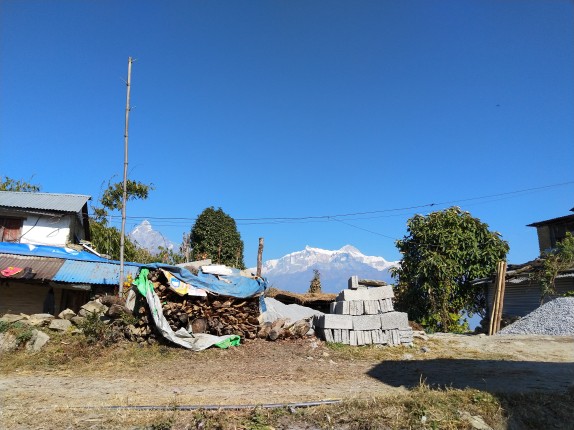







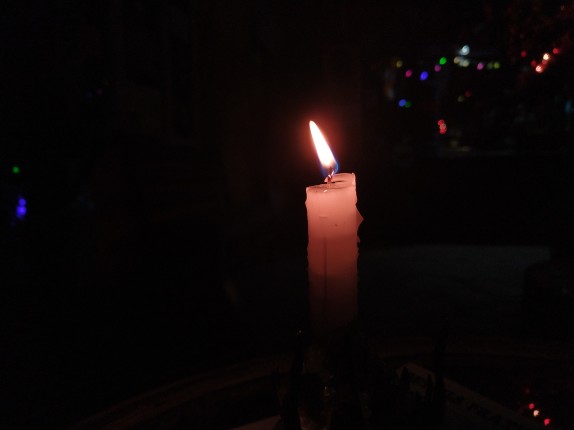
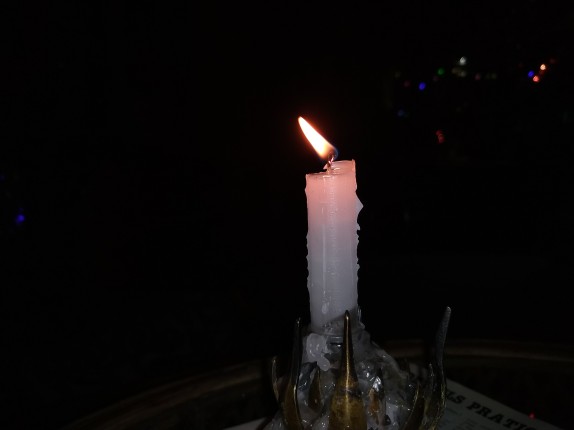
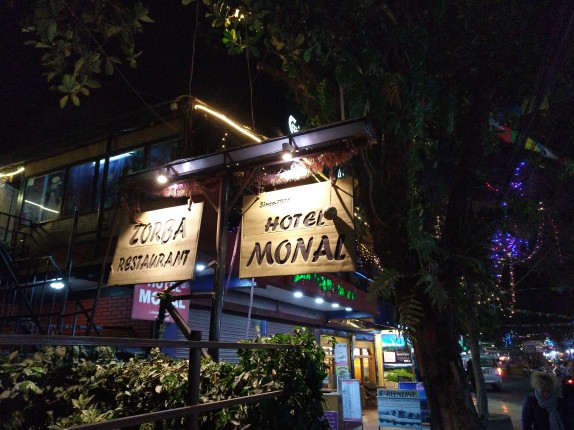
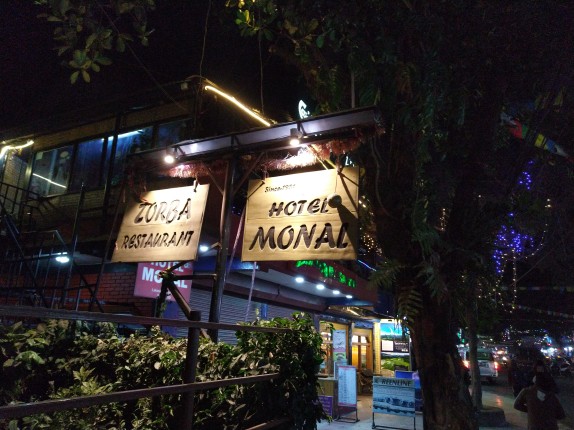





It can record videos at 4k 30 fps. Video quality is good and the audio is clear as well, thanks to secondary microphone. Check out the video sample below.
Here is a comparison with the Zenfone Max Pro M2.
Software and storage
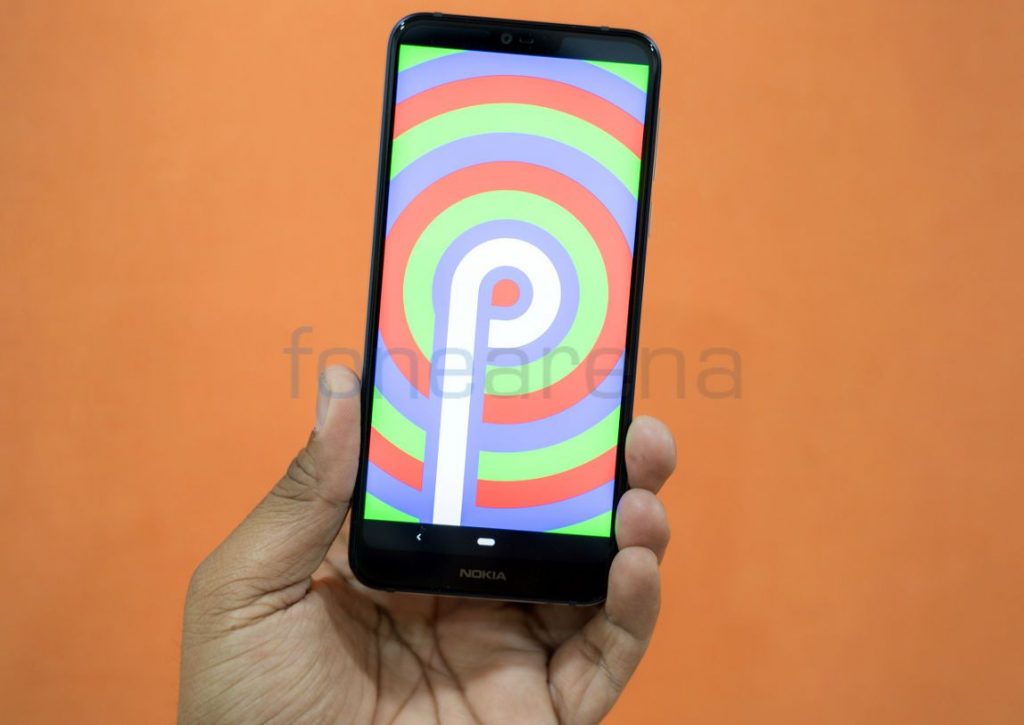
The Nokia 7.1 is shipped with Android 8.1 (Oreo) out of the box, but soon after we’ve updated it to Android 9.0 Pie. Since it comes under the Android One program, it has a stock Android feel to it. Users can also make use of the unlimited high-quality photo and video backups in Google Photos.
With Android Pie, you will also get “Digital Wellbeing” feature aimed at being responsible with smartphone usage. To be more specific, the Digital Wellbeing displays how long you’ve been using certain apps, ability to restrict the usage, graphs, and visuals detailing how many times you unlock your phone per day and how many notifications you receive, and much more.The Wind-down feature limits notifications and also gradually makes the display a greyscale, to make it easier on the eyes and to encourage you to unplug.
Talking about the storage, the Nokia 7.1 comes with a 4GB LPPDDR4x RAM, 64GB (eMMC 5.1) internal storage with an expandable option up to 400GB with microSD through hybrid slot.
Performance
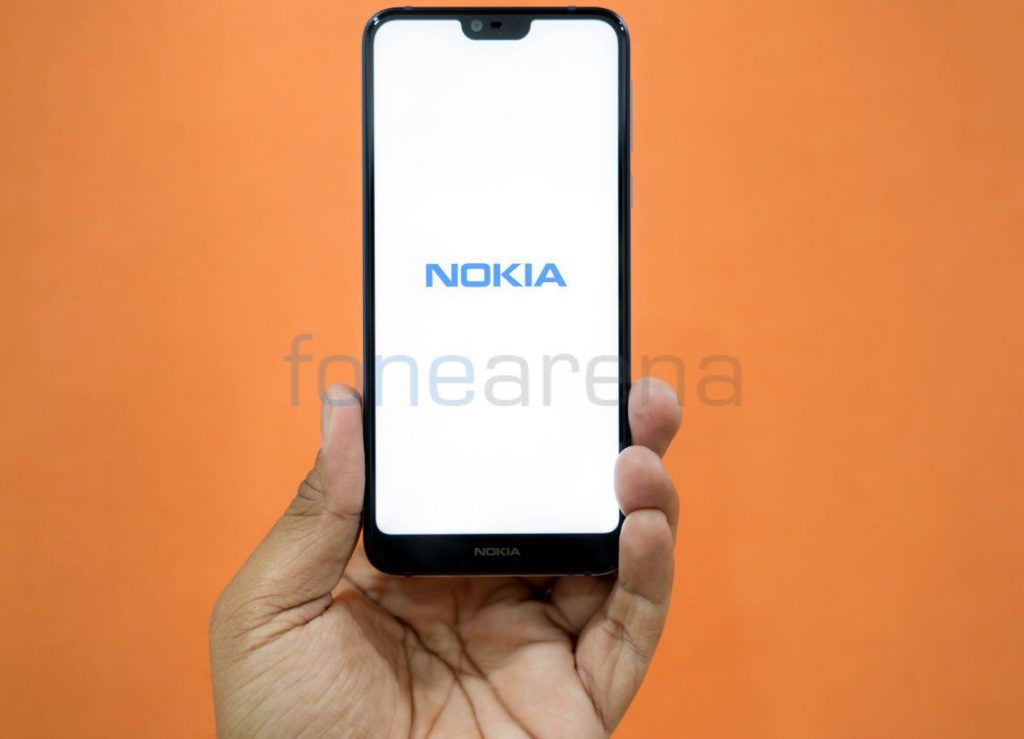
The Nokia 7.1 is powered by the Octa-Core Snapdragon 636 14nm Mobile Platform with Adreno 509 GPU under the hood. With casual usage, the device performed well without breaking a sweat but witnessed lags sometimes when we tried increasing the tasks. We tried and tested some graphics intensive gaming hoping for a smooth performance. But the results were just decent, and not the best compared to phones with better SoCs in the price range. Check out the synthetic benchmark scores below.
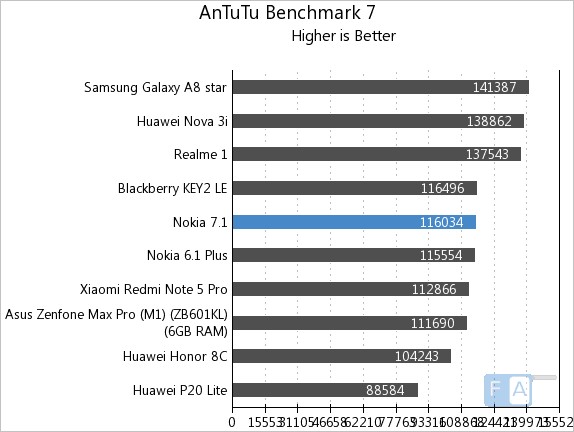
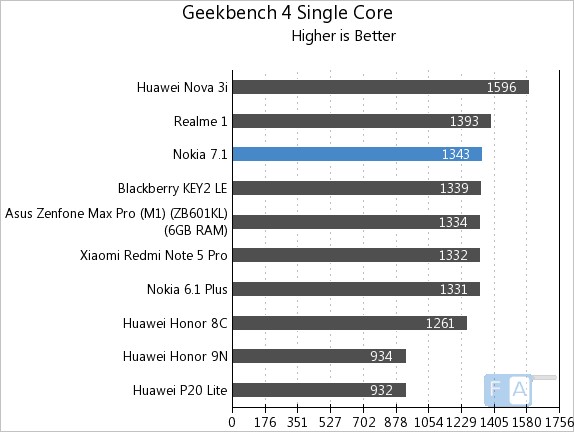
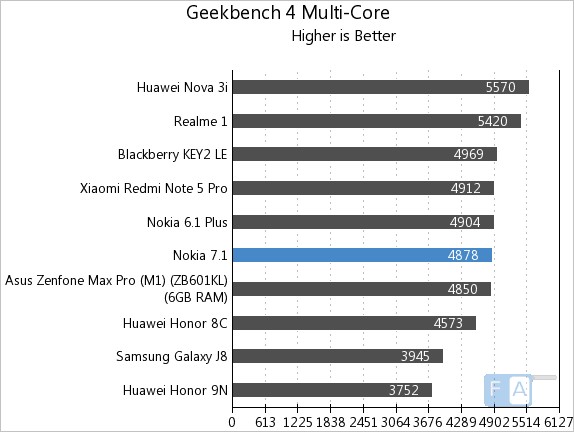
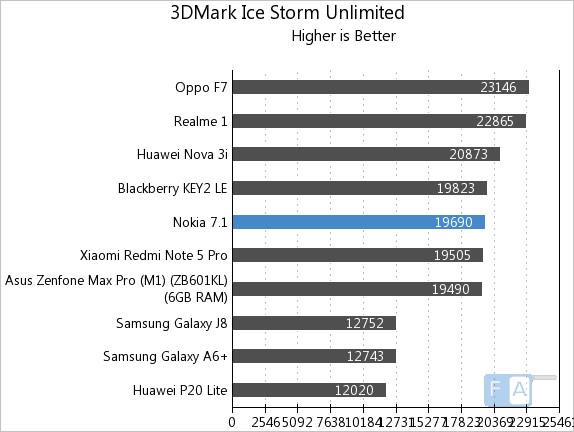
Connectivity and fingerprint scanner
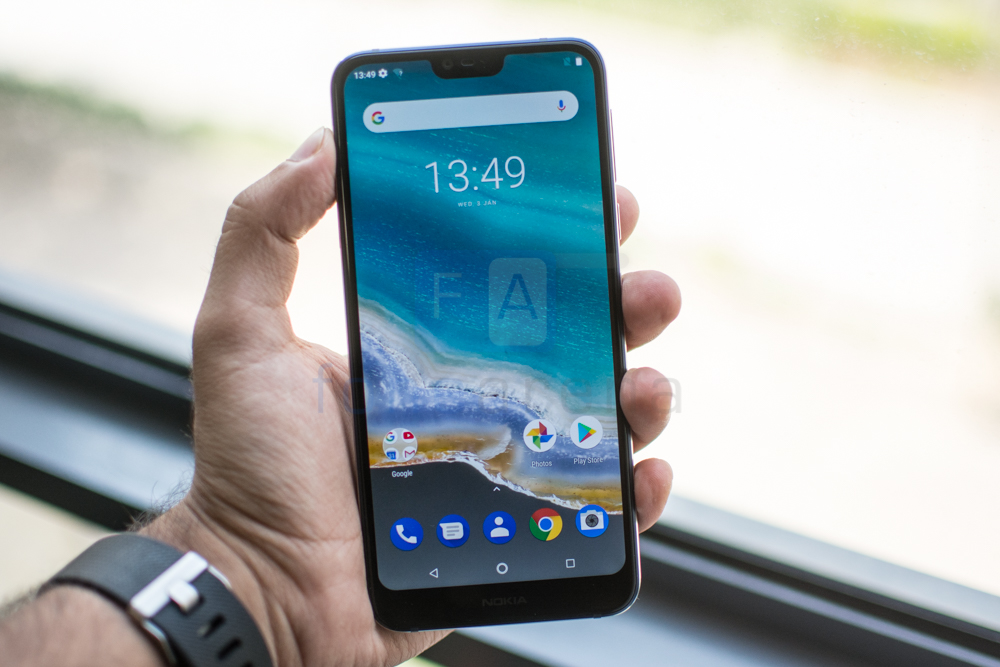
The Nokia 7.1 supports Dual 4G VoLTE, Wi-Fi 802.11 ac (2.4GHz/5GHz), Bluetooth 5 LE, GPS + GLONASS, NFC and USB Type-C.
It also houses a fingerprint scanner on the back. In this device, you can add up to five fingerprints, and it is quick to unlock the phone. Unlike other phones at present, it doesn’t support Face unlock feature.
The audio output through headphones is good, but the single, bottom firing loudspeaker is not loud enough, especially when you are in a noisy environment (for eg: Bus, train). Still, the call quality is good, and we did not face any call drops and the earpiece volume was loud as well. It doesn’t come with FM Radio.
Battery
The Nokia 7.1 is powered by 3060mAh battery which is not big considering today’s standard. Since the device comes with power efficient chipset, the probability of things going berserk is low. Having said that, the device comes with USB Type-C and fast charging that can charge the phone from 0 to 50% in just 30 minutes. It takes about 2 hours to charge the phone fully, even with fast charging.
Coming to the real-time usage, with moderate usage, the device can easily sail you through a day with a single charge. With heavy usage, things can become downhill with rapid depletion. If you are a heavy user, you might need managing things carefully and it is safe to carry a power bank for a backup. Users can also use Adaptive Battery option, which limits battery for infrequently used apps. This option lets the device to learn user’s usage pattern over time.
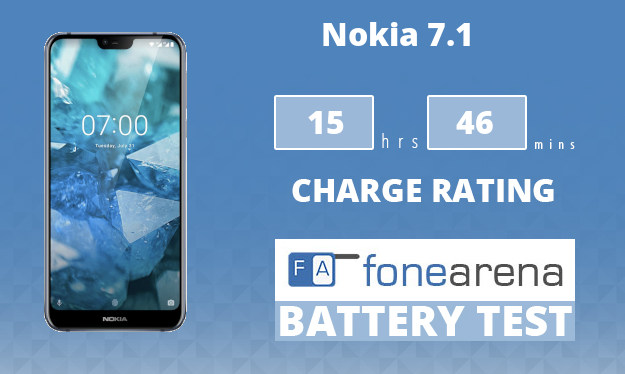
In our One Charge rating, the Nokia 7.1 achieved 15 hours and 46 minutes, which is good for a phone with a 3000mAh battery.
Conclusion
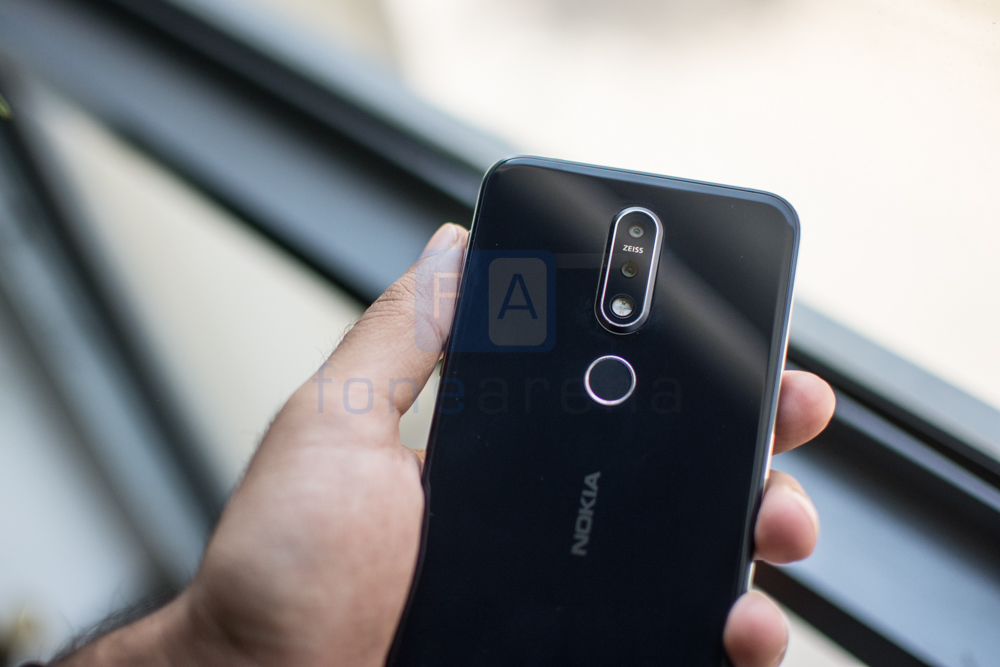
Is it overpriced? Certainly, yes! This isn’t a powerful smartphone for the price, but it compensated with a great display and a good camera. In general, one would look out for an all rounding performance rather than a specific set of features. In this case, Nokia 7.1 at this price point, bites the dust.
While Nokia 7.1 remains the cheapest HDR display smartphones right now, it is far from being a Value For Money (VFM) device. If you want a reliable Nokia device under Rs. 20,000, Nokia 7.1 is a good option. In case if you are specific about Android One, you can check out Moto One Power or Mi A2 at slightly cheaper rates. If you care about performance and gaming, POCO F1 is a very good option at the same price.
Pros
- Good display
- Excellent build quality
- Android One experience
- Good cameras
Cons
- Priced slightly on the higher side
- Not a powerful SoC for the price
- Glass back is slippery and attracts fingerprints

